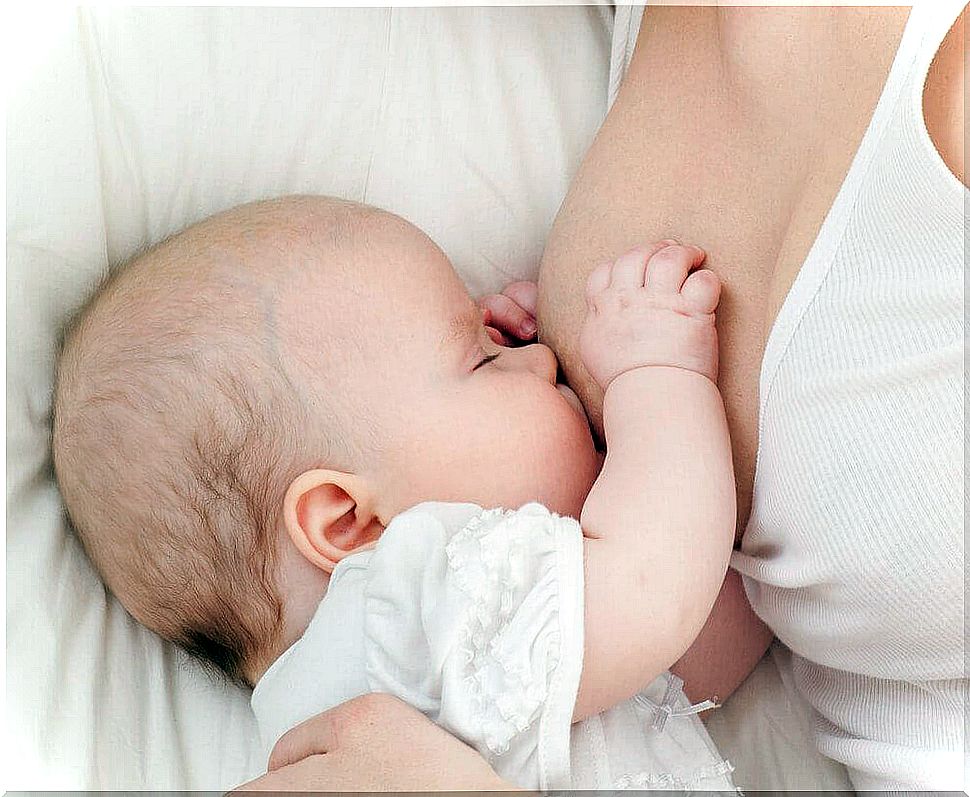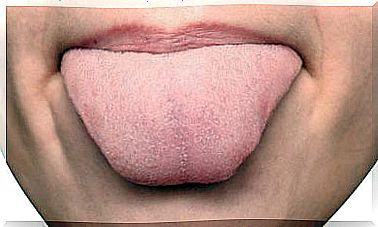How Is Breast Milk Produced?

Pregnant women often quickly notice changes in the way their breasts look and their sensitivity. Yet many of them are unaware of the physiological process behind breast milk production.
In this article, we would like to introduce you to the anatomy of a woman’s breasts and the changes that enable breast milk production.
The anatomy of a woman’s breasts

In order to understand the process behind breast milk production, it is first important to know a little more about the structure of female breasts and their functions. Female breasts are quite complex. They mainly consist of fat and connective tissue. Its main function is to protect and support the parts that produce milk.
Milk production involves several small groups of cells called alveoli. Once breast milk is produced, it is stored in the mammary glands. After the let-down reflex occurs, it flows through the milk ducts to the nipple and comes out. The milk ducts are located behind the areolas, the area around the nipple.
How is breast milk produced?
When the nipple is sucked, the nerve endings on the nipple and areola are stimulated. Thus, a signal is sent to the brain to trigger the production of two hormones called prolactin and oxytocin.
- Prolactin causes the alveoli to absorb protein, sugar and other nutrients from the bloodstream. This combination forms the nutritional basis for the production of breast milk.
- Oxytocin enables the alveoli to initiate the flow of milk and move it out through the nipple.
When a baby is breastfed, the movements his tongue and jaw make put pressure on the nipple. This ensures that the milk flows from the breast to the nipple. A woman’s nipples contain up to 20 tiny holes through which the milk comes out.
Changes in a woman’s breasts during pregnancy

During pregnancy, a woman may notice that her breasts are getting bigger. In addition, the nipples and areolas swell considerably and become a lot darker.
These changes all make it easier for a baby to suck milk from the breasts. In addition, they allow the baby to latch on better, making him or her calm and more comfortable.
A woman’s areolas also contain small bumps called Montgomery’s glands. You can feel these glands a lot better during pregnancy. They form a natural oil, which has the function of constantly cleaning, lubricating and protecting the nipples while a woman is breastfeeding.
This oil also prevents cracks, wounds or other problems from developing as a result of dehydration and sucking a lot.
Finally, it is important that you do not forget to clean your breasts. Use water or other products made for breastfeeding women. Conventional soaps and cosmetics can alter the texture of the breasts. They can also remove the protective oil layer and irritate the baby’s mucous membrane and mouth.
Changes in Breast Milk Production: Causes and Symptoms
Many women experience changes in breast milk production during pregnancy or while breastfeeding. The symptoms may be mild, such as pain when breastfeeding and changes in the release or taste of the milk.
- There’s no reason a healthy baby should disapprove of breast milk. If there are changes in your baby ‘s behavior , it is important to contact a doctor.
- In some cases, a woman may stop producing breast milk within a few days of giving birth.
- There are also certain metabolic disorders that can hinder the proper development of the milk ducts.
These problems show why a woman needs medical supervision during her pregnancy and while she is still breastfeeding.
Causes of Breastfeeding Problems

There are several causes that can cause problems with breastfeeding, such as:
- Tiredness, exhaustion or a lot of stress.
- Negative mood, depression or constant irritation.
- Mood swings: fear, shame, anger, resentment, irritation, etc.
- Incorrect technique or position while breastfeeding (which makes it more difficult for the baby to suckle).
- Breastfeeding mistakes (wrong timing, long periods without breastfeeding, etc.).
- Unfavorable environment: quarrels in the house, stressful locations, hectic planning, etc.
- Fears or misconceptions about breastfeeding, such as the fear of feeling pain or being rejected by the partner.
- Engorgement (often occurs during the first days a woman is breastfeeding),
As you can see, most of the changes that can occur during breastfeeding have a psychological or emotional origin. It is important that the baby and mother are in conditions that are favorable for their physical and emotional development.
It is therefore important that the whole family does its best to ensure that the pregnancy and the subsequent period go as smoothly as possible.
Consult an expert for more information on breast milk production and recommendations for making breastfeeding a healthy and fun experience.









